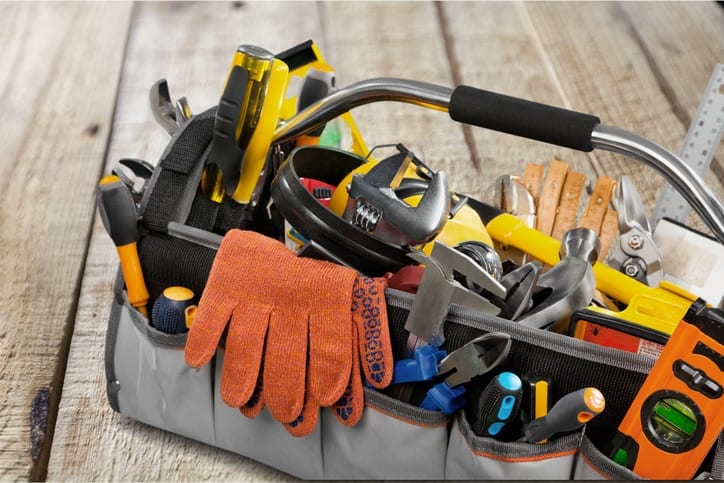Just how do you feel in regards to What Can Happen If You Flush Food Down the Toilet??

Introduction
Lots of people are commonly faced with the predicament of what to do with food waste, particularly when it pertains to leftovers or scraps. One typical concern that arises is whether it's okay to purge food down the toilet. In this write-up, we'll explore the reasons individuals might take into consideration flushing food, the effects of doing so, and alternative approaches for correct disposal.
Reasons that individuals could think about flushing food
Absence of understanding
Some individuals may not understand the prospective injury caused by purging food down the toilet. They might wrongly believe that it's a harmless practice.
Benefit
Flushing food down the commode might seem like a fast and simple service to dealing with unwanted scraps, specifically when there's no close-by trash bin readily available.
Negligence
Sometimes, individuals may just choose to flush food out of large laziness, without thinking about the consequences of their activities.
Consequences of flushing food down the bathroom
Ecological influence
Food waste that ends up in waterways can contribute to contamination and damage marine ecosystems. Additionally, the water made use of to purge food can stress water sources.
Plumbing issues
Flushing food can lead to stopped up pipelines and drains, triggering expensive plumbing repairs and troubles.
Types of food that must not be purged
Coarse foods
Foods with fibrous textures such as celery or corn husks can obtain tangled in pipelines and create obstructions.
Starchy foods
Starchy foods like pasta and rice can absorb water and swell, resulting in obstructions in pipes.
Oils and fats
Greasy foods like bacon or food preparation oils ought to never ever be flushed down the bathroom as they can strengthen and cause clogs.
Proper disposal techniques for food waste
Using a waste disposal unit
For homes outfitted with garbage disposals, food scraps can be ground up and purged through the pipes system. Nevertheless, not all foods appropriate for disposal in this manner.
Recycling
Particular food packaging products can be recycled, lowering waste and reducing environmental impact.
Composting
Composting is an environment-friendly method to get rid of food waste. Organic materials can be composted and utilized to enrich dirt for horticulture.
The importance of proper waste management
Minimizing environmental injury
Correct waste monitoring methods, such as composting and recycling, help reduce pollution and maintain natural resources for future generations.
Safeguarding pipes systems
By preventing the method of flushing food down the bathroom, homeowners can stop pricey pipes repair work and preserve the stability of their plumbing systems.
Conclusion
To conclude, while it may be tempting to purge food down the commode for comfort, it is very important to understand the possible repercussions of this activity. By adopting proper waste management methods and dealing with food waste properly, people can contribute to much healthier pipes systems and a cleaner atmosphere for all.
THINK TWICE BEFORE FLUSHING FOOD DOWN YOUR TOILET IN FALLBROOK CA
Let’s be honest, we’re really supposed to be tossing rotten or leftover food in the compost bin or trash can. But many people like to place scraps of food down the drain of, say, their kitchen sink. That’s why the garbage disposal was invented: so we can continue to place certain foods down the drain without clogging our drain in the process. Smart.
But not all of us have the luxury of having a garbage disposal installed. So, you might continue to shove food down your sink drain anyway – or worse: you might flush them down your toilet! If you’re guilty of doing the latter, you’re going to want to stop, and here’s why:
Toilet Drains Aren’t Designed to Handle Food!
There’s your answer: food just doesn’t belong in your toilet. It may seem like your toilet drain is wider than the drains of your sinks, but truth be told, that isn’t actually the case. The narrower pipes of your toilet leave your plumbing at risk for clogging if you do happen to flush your food. In addition, food doesn’t break down as quickly that toilet paper and human waste do. In turn, this leaves your toilet at risk for a nasty clog.
Although a flush of a tiny pinch of food every now and then isn’t going to completely damage your toilet, there are certain foods that should absolutely not be flushed in your toilet at all. These include starchy foods like mashed potatoes, grains, hard pieces of food that are slow to break down, and fats and oils.
The latter categories of food are particularly problematic as they may harden, expand as they absorb water, break down slowly in your system, or generally create the perfect obstruction with their gelatinous composition. These are all things you don’t want in your plumbing system!
Experiencing a Toilet Clog?
Nobody’s perfect, and we all make mistakes. Sometimes one of the mistakes people make is flushing food down their toilet and later realizing that it wasn’t the best thing to do once they see that their toilet is now clogged. Uh-oh!

We hope you enjoyed reading our section about . Thanks a ton for taking the time to read our posting. Sharing is good. You just don't know, you will be doing someone a favor. Bless you for your time. Revisit us soon.
Visit Url
